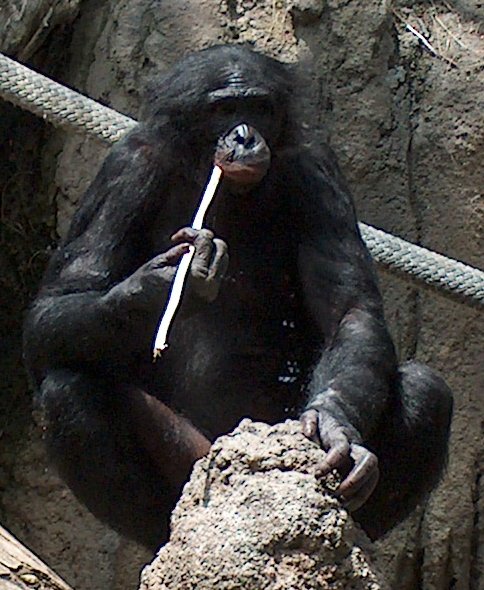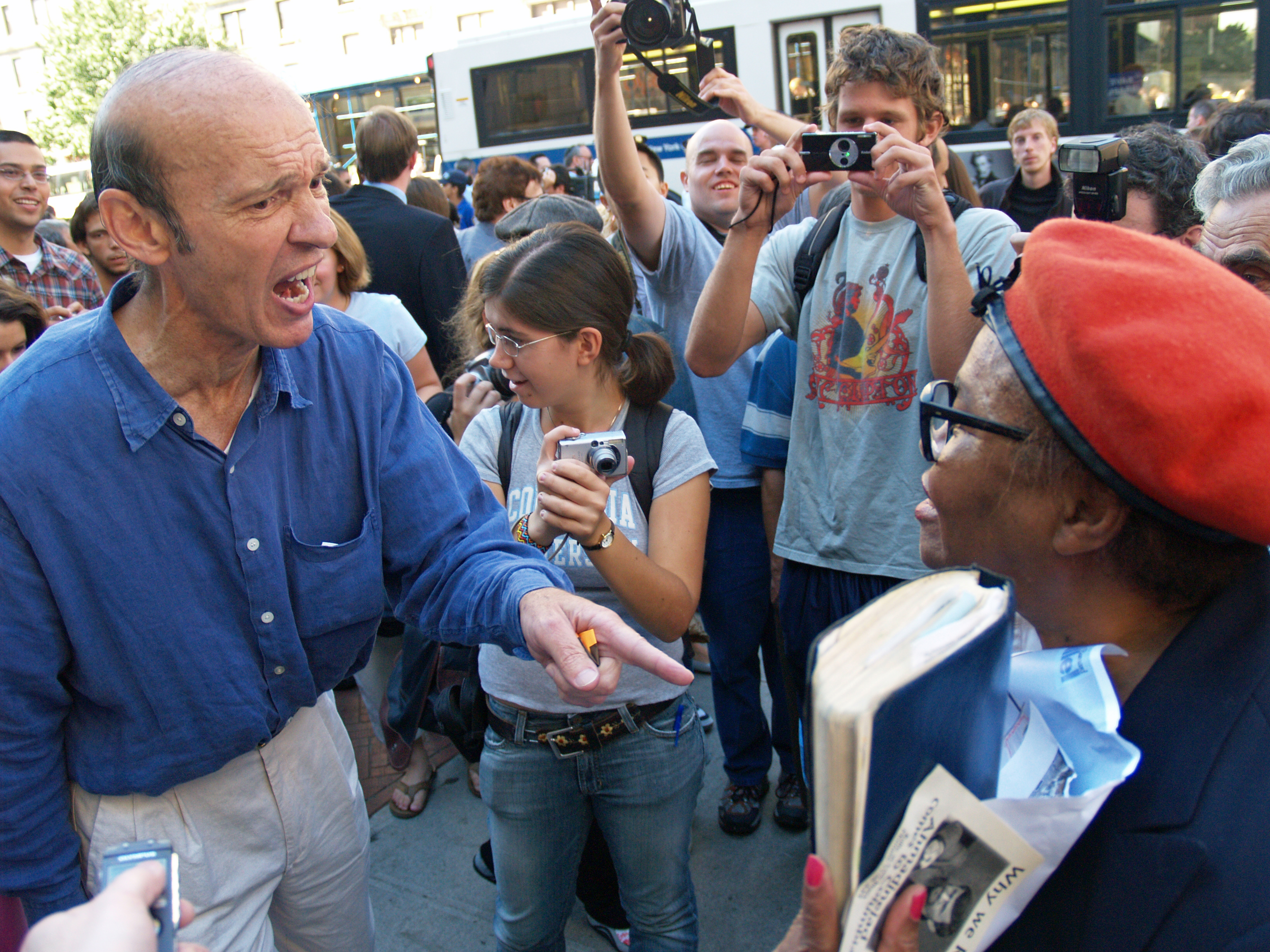|
Finger Numbering
The ''first finger'' is an ambiguous term in the English language due to two competing finger numbering systems that can be used. It might refer to either the thumb or the index finger, depending on the context. The ''second finger'' is another ambiguous term in English. It might refer to either the index finger or the middle finger, also dependent on context. The same can be said for the ''third finger'' (referring to either the middle finger or the ring finger); and the ''fourth finger'' (referencing either the ring finger or the pinky). The ''fifth finger'' will exclusively refer to the pinky, (also called the ''little'' finger). Finger numbering systems The ordinal numbers of the fingers of the human hand are numbered ambiguously in the English language. This is due to two competing finger numbering systems that can be used. For instance, the first finger might refer to either the thumb or the index finger, depending on the context. Five-finger system In the ''Five-finger sy ... [...More Info...] [...Related Items...] OR: [Wikipedia] [Google] [Baidu] |
Thumb
The thumb is the first digit of the hand, next to the index finger. When a person is standing in the medical anatomical position (where the palm is facing to the front), the thumb is the outermost digit. The Medical Latin English noun for thumb is ''pollex'' (compare ''hallux'' for big toe), and the corresponding adjective for thumb is ''pollical''. Definition Thumb and fingers The English word ''finger'' has two senses, even in the context of appendages of a single typical human hand: # Any of the five terminal members of the hand. # Any of the four terminal members of the hand, other than the thumb Linguistically, it appears that the original sense was the first of these two: (also rendered as ) was, in the inferred Proto-Indo-European language, a suffixed form of (or ), which has given rise to many Indo-European-family words (tens of them defined in English dictionaries) that involve, or stem from, concepts of fiveness. The thumb shares the following with each of the o ... [...More Info...] [...Related Items...] OR: [Wikipedia] [Google] [Baidu] |
Index Finger
The index finger (also referred to as forefinger, first finger, second finger, pointer finger, trigger finger, digitus secundus, digitus II, and many other terms) is the second digit of a human hand. It is located between the thumb and the middle finger. It is usually the most dextrous and sensitive digit of the hand, though not the longest. It is shorter than the middle finger, and may be shorter or longer than the ring finger (see digit ratio). Anatomy "Index finger" literally means "pointing finger", from the same Latin source as '' indicate;'' its anatomical names are "index finger" and "second digit". The index finger has three phalanges. It does not contain any muscles, but is controlled by muscles in the hand by attachments of tendons to the bones. Uses A lone index finger held vertically is often used to represent the number 1 (but finger counting differs across cultures), or when held up or moved side to side (finger-wagging), it can be an admonitory gesture. Wit ... [...More Info...] [...Related Items...] OR: [Wikipedia] [Google] [Baidu] |
Middle Finger
The middle finger, long finger, second finger, third finger, toll finger or tall man is the third digit of the human hand, located between the index finger and the ring finger. It is typically the longest digit. In anatomy, it is also called ''the third finger'', ''digitus medius'', ''digitus tertius'' or ''digitus III''. In Western countries, The finger, extending the middle finger (either by itself, or along with the index finger The index finger (also referred to as forefinger, first finger, second finger, pointer finger, trigger finger, digitus secundus, digitus II, and many other terms) is the second digit of a human hand. It is located between the thumb and the mid ... in the United Kingdom: see V sign) is an offensive and obscene gesture, widely recognized as a form of insult, due to its resemblance of an Erection, erect penis, It is known, colloquially, as "flipping the bird", "flipping (someone) off", or "giving (someone) the finger". The middle finger is ofte ... [...More Info...] [...Related Items...] OR: [Wikipedia] [Google] [Baidu] |
Ring Finger
The ring finger, third finger, fourth finger, leech finger, or annulary is the fourth digit of the human hand, located between the middle finger and the little finger. Sometimes the term ring finger only refers to the fourth digit of a left-hand, so named for its traditional association with wedding rings in many societies, although not all use this digit as the ring finger. Traditionally, a wedding ring was worn only by the bride or wife, but in recent times more men also wear a wedding ring. It is also the custom in some societies to wear an engagement ring on the ring finger. In anatomy, the ring finger is called ''digitus medicinalis'', ''the fourth digit'', ''digitus annularis'', ''digitus quartus'', or ''digitus IV''. In Latin, the word ''anulus'' means "ring", ''digitus'' means "digit", and ''quartus'' means "fourth". Etymology The origin of the selection of the fourth digit as the ring finger is not definitively known. According to László A. Magyar, the names of the ... [...More Info...] [...Related Items...] OR: [Wikipedia] [Google] [Baidu] |
Pinky Finger
The little finger, or pinkie, also known as the baby finger, fifth digit, or pinky finger, is the most ulnar and smallest digit of the human hand, and next to the ring finger. Etymology The word "pinkie" is derived from the Dutch word ''pink'', meaning "little finger". The earliest recorded use of the term "pinkie" is from Scotland in 1808. The term (sometimes spelled "pinky") is common in Scottish English and American English, and is also used extensively in other Commonwealth countries such as New Zealand, Canada, and Australia. Nerves and muscles The little finger is nearly impossible for most people to bend independently (without also bending the ring finger), due to the nerves for each digit being intertwined. There are also nine muscles that control the fifth digit: Three in the hypothenar eminence, two extrinsic flexors, two extrinsic extensors, and two more intrinsic muscles: * Hypothenar eminence: ** Opponens digiti minimi muscle ** Abductor minimi digiti muscle (a ... [...More Info...] [...Related Items...] OR: [Wikipedia] [Google] [Baidu] |
Ordinal Number
In set theory, an ordinal number, or ordinal, is a generalization of ordinal numerals (first, second, th, etc.) aimed to extend enumeration to infinite sets. A finite set can be enumerated by successively labeling each element with the least natural number that has not been previously used. To extend this process to various infinite sets, ordinal numbers are defined more generally as linearly ordered labels that include the natural numbers and have the property that every set of ordinals has a least element (this is needed for giving a meaning to "the least unused element"). This more general definition allows us to define an ordinal number \omega that is greater than every natural number, along with ordinal numbers \omega + 1, \omega + 2, etc., which are even greater than \omega. A linear order such that every subset has a least element is called a well-order. The axiom of choice implies that every set can be well-ordered, and given two well-ordered sets, one is isomorphic to ... [...More Info...] [...Related Items...] OR: [Wikipedia] [Google] [Baidu] |
Fingering (music)
In music, fingering, or on stringed instruments sometimes also called stopping, is the choice of which fingers and hand positions to use when playing certain musical instruments. Fingering typically changes throughout a piece; the challenge of choosing good fingering for a piece is to make the hand movements as comfortable as possible without changing hand position too often. A fingering can be the result of the working process of the composer, who puts it into the manuscript, an editor, who adds it into the printed score, or the performer, who puts his or her own fingering in the score or in performance. A substitute fingering is an alternative to the indicated fingering, not to be confused with finger substitution. Depending on the instrument, not all the fingers may be used. For example, saxophonists do not use the right thumb and string instruments (usually) only use the fingers. Instruments Brass instruments Fingering applies to the rotary and piston valves employed ... [...More Info...] [...Related Items...] OR: [Wikipedia] [Google] [Baidu] |
Collins English Dictionary
The ''Collins English Dictionary'' is a printed and online dictionary of English. It is published by HarperCollins in Glasgow. The edition of the dictionary in 1979 with Patrick Hanks as editor and Laurence Urdang as editorial director, was the first British English dictionary to be typeset from the output from a computer database in a specified format. This meant that every aspect of an entry was handled by a different editor using different forms or templates. Once all the entries for an entry had been assembled, they were passed on to be keyed into the slowly assembled dictionary database which was completed for the typesetting of the first edition. In a later edition, they increasingly used the Bank of English established by John Sinclair at COBUILD to provide typical citations rather than examples composed by the lexicographer. Editions The current edition is the 13th edition, which was published in November 2018. The previous edition was the 12th edition, which was pu ... [...More Info...] [...Related Items...] OR: [Wikipedia] [Google] [Baidu] |
Finger
A finger is a limb of the body and a type of digit, an organ of manipulation and sensation found in the hands of most of the Tetrapods, so also with humans and other primates. Most land vertebrates have five fingers ( Pentadactyly). Chambers 1998 p. 603 Oxford Illustrated pp. 311, 380 Land vertebrate fingers The five-rayed anterior limbs of terrestrial vertebrates can be derived phylogenetically from the pectoral fins of fish. Within the taxa of the terrestrial vertebrates, the basic pentadactyl plan, and thus also the fingers and phalanges, undergo many variations. Morphologically the different fingers of terrestrial vertebrates are homolog. The wings of birds and those of bats are not homologous, they are analogue flight organs. However, the phalanges within them are homologous. Chimpanzees have lower limbs that are specialized for manipulation, and (arguably) have fingers on their lower limbs as well. In the case of Primates in general, the digits of the hand a ... [...More Info...] [...Related Items...] OR: [Wikipedia] [Google] [Baidu] |
Hand
A hand is a prehensile, multi-fingered appendage located at the end of the forearm or forelimb of primates such as humans, chimpanzees, monkeys, and lemurs. A few other vertebrates such as the koala (which has two opposable thumbs on each "hand" and fingerprints extremely similar to human fingerprints) are often described as having "hands" instead of paws on their front limbs. The raccoon is usually described as having "hands" though opposable thumbs are lacking. Some evolutionary anatomists use the term ''hand'' to refer to the appendage of digits on the forelimb more generally—for example, in the context of whether the three digits of the bird hand involved the same homologous loss of two digits as in the dinosaur hand. The human hand usually has five digits: four fingers plus one thumb; these are often referred to collectively as five fingers, however, whereby the thumb is included as one of the fingers. It has 27 bones, not including the sesamoid bone, the number o ... [...More Info...] [...Related Items...] OR: [Wikipedia] [Google] [Baidu] |




